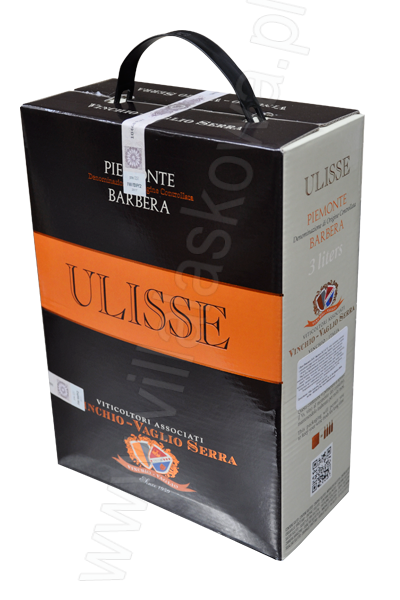Spumante type wine can be made by two natural methods: the classical method or re-fermentation of wine in the bottle, or the Charmat method using pressure steel tanks of high capacity (from 50 000l to 100 000l) called autoclave. The base wine, that is a fresh wine from a given vintage (or from previous vintages depending on the producer), is subjected to re-fermentation using one of the above mentioned methods. The re-fermentation consist in adding an appropriate amount of sugar and yeast to the base wine to start the process. The characteristic
bubblespresent in the wine result from fermentation and underpressure. The content of carbon dioxide is around 7g/l under the pressure of 3,5 atmospheres. The fermentation period, using the classical method, lasts from more than ten months to few years. The more noble wine the longer period of fermentation on the yeasts. Spumante made by the classical method is usually a dry wine with low sugar level. It is obtained from Pinot Noir, Pinot Grigio, Pinot Bianco and Chardonnay.
Spumante wine categories:
Pas Dose` or Brut Nature - without sugar or with sugar level below 3 g/l
Extra Brut - sugar level from 3 to 6 g/l
Brut - sugar level from 12 g/l
Extra Dry - sugar level from 12 to 20 g/l
Dry - sugar level from 20 to 35 g/l
Demi Sec - sugar level from 35 to 50 g/l
Doux - Dolce - sugar level above 50 g/l.
The best Spumante varieties of wine in Italy are Franciacorta wines coming from the area with the same name in Lombardy and Trento DOCs originating from Trento. The fermentation period of the Charmat method is much shorter, it lasts from 30 to 80 days (for example for Prosecco wines). There is also so-called
Charmat lungo, of which the fermentation process is prolonged to 12 months. Spumantes made by the Charmat method are not only dry but also aromatic and sweet wines. The wine can be obtained from various grape varieties, among which the most popular is Moscato d`Asti, Brachetto, Glera, Malvasia. Its alcohol level is similar to still wines and usually runs between 12-13%. The most famous Spumante wines produced by the Charmat method are Prosecco and Asti Spumante.
While a Frizzante version of wine is made only by the Charmat method. The fermentation process is much shorter. The carbon dioxide content is also lower, it oscillates between 2 and 5g/l at the highest pressure of 2,5 atmospheres. The wine is obtained from aromatic grape varieties such as Moscato d`Asti, Malvasia as well as grapes used to make dry wines like Barbera Frizzante, Freisa, Bonarda Frizzante, popular Lambrusco or semi-dry and semi-sweet wines. The alcohol level of these wines usually runs between 5-6% for aromatic wines and 11-12% for dry wines. The most popular Frizzante wines are Moscato d`Asti, Brachetto and Lambrusco. As the Italians say a fresh
frizzantinoquenches thirst and stimulates the appetite.



















